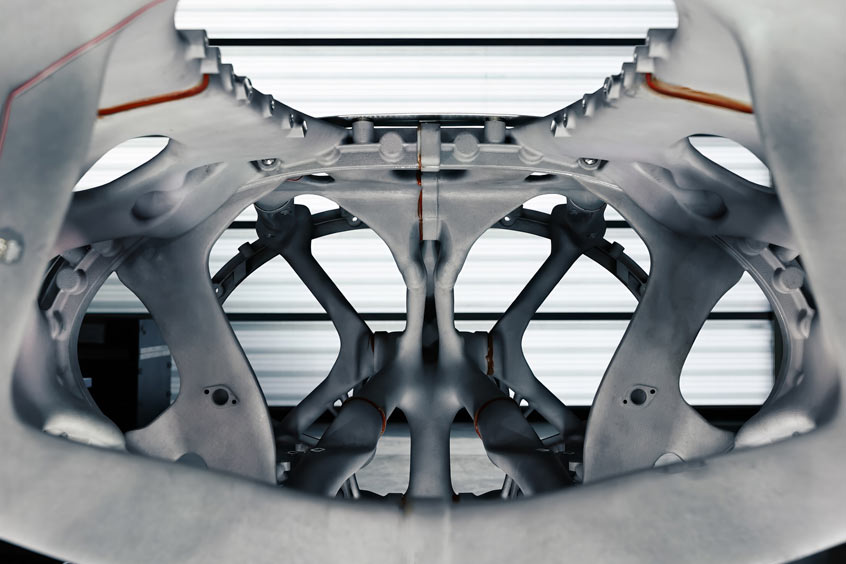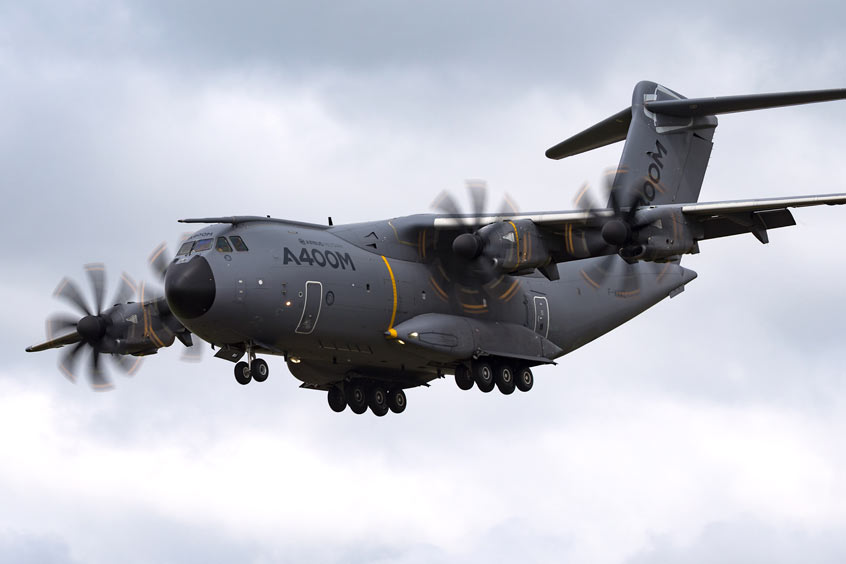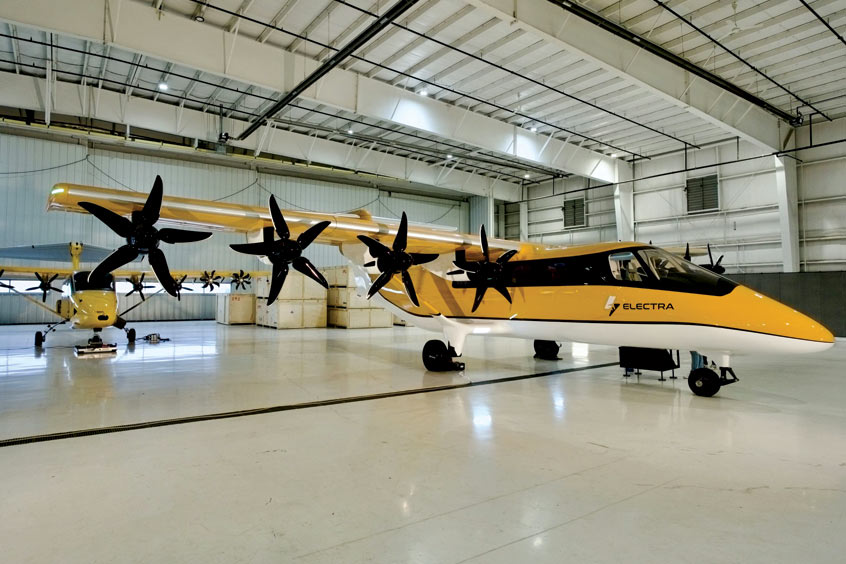PRESS RELEASE
Issued by: GKN Aerospace - Filton
The H2GEAR programme has passed a major milestone by completing its first round of system level trade studies. The studies focused on propulsion system architecture and subsystem technology selection for hypothetical 19, 48 and 96 PAX concept aircraft. Work to date shows that GKN Aerospace's developments in the fuel cell system integration, combined with hyperconducting power network and motor drive systems, will enable hydrogen electric propulsion to be scaled up more quickly than was originally thought.
Max Brown, Vice President Technology for GKN Aerospace, said: “Our initial view was that the introduction of hydrogen electric propulsion to 19 PAX aircraft would be easier than for large aircraft, however, development of the hyperconducting network and cryogenic motor technology has opened our eyes to the possibility of efficiently scaling the technology to 96 PAX and potentially beyond.”
The hyperconducting systems proposed by GKN Aerospace use the onboard liquid hydrogen as a heat sink, cooling the electrical conductors to temperatures less than -200 °C to dramatically reduce their electrical resistivity. This reduction in resistivity facilitates electrical power distribution at low voltage, lower mass conducting cables, and electric motors that are set to achieve over 99% efficiency. Unlike superconducting systems, which exhibit zero electrical resistance, a hyperconducting system would utilise more conventional conductor materials and is deliverable sooner, offering a greater overall impact on global emissions in the foreseeable future.
The H2GEAR programme was launched in 2020 to develop scalable hydrogen electric propulsion technology for a new generation of sustainable aircraft. The proposed system generates electrical power from hydrogen using fuel cells. This electrical power is distributed to electric motors which are sized to drive low pressure-ratio ducted fans. This approach eliminates CO2 and NOx emissions, provides opportunities for contrails mitigation, and is also expected to offer noise reduction opportunities relative to conventional propulsion systems.
GKN Aerospace is at the heart of the technology developments needed for the future of sustainable aviation. Integrated ground based demonstration of the H2GEAR technologies is scheduled for 2025, entry-into-service of the first hyperconducting hydrogen-powered aircraft could be as early as 2035.
Brown continues: “This is a truly ground-breaking programme, bringing together some of the world's top experts to develop technology that will really move the dial on global emissions. We are on track and the initial studies have been every bit as successful as we hoped.”
H2GEAR is being led from GKN Aerospace's Global Technology Centre, in Bristol, UK. The programme is managed by GKN Aerospace in collaboration with partners Intelligent Energy, Aeristech, Newcastle University, The University of Manchester and University of Birmingham.
The programme is supported by £27M of ATI funding, matched by GKN Aerospace and its industrial partners.
| Contact details from our directory: | |
| GKN Aerospace - Filton | Additive Manufacturing, Aircraft Structural Components, Wings, Wing Flaps, Fuselage Sections, Wing Spars |
| GKN Global Technology Centre (GTC-UK) | Additive Manufacturing, Wire Harnesses, Wings, Empennages, Research/Consulting Services, Composite Structures |
| Intelligent Energy Ltd | Fuel Cells |
| Aeristech | Compressors, Electric Motors |
| University of Manchester School of Electrical & Electronic Engineering | Technical/Eng/Scientific Studies |
| Related directory sectors: |
| Electrical Power Systems |
Weekly news by email:
See the latest Bulletin, and sign up free‑of‑charge for future editions.

Saab advances digital manufacturing with autonomous fuselage

Airbus deploys Stratasys printed parts for A320, A350 and A400M

Electra kicks off Part 23 application for hybrid-electric EL9
